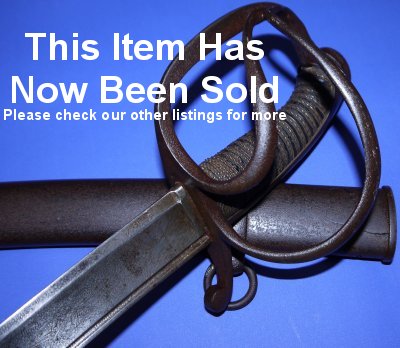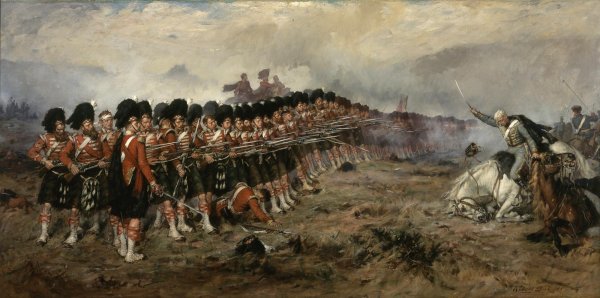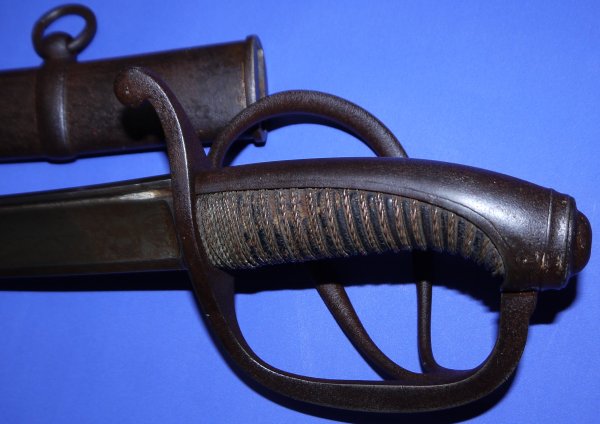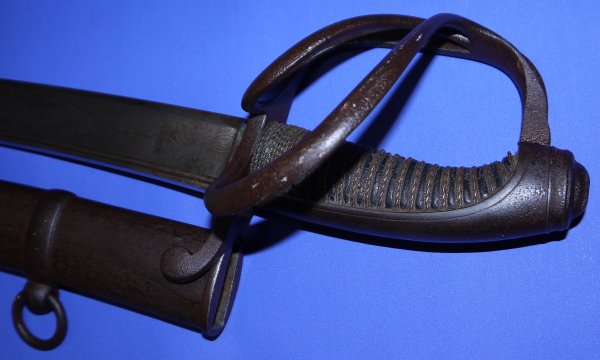
|
In good condition, a super rare 1827M Russian Cavalry Officers Sword, dated 1834, signed by legendary Ivan Boyarshinov, Zlatoust.
Just about as rare and desirable as they come to Russian sword collectors, a super rare (go on, try finding another for sale / that has been publicly sold, anywhere) Model 1827 Russian Cavalry Officers Sword, dated 1834, signed by the legendary Zlatoust artisan Ivan Boyarshinov.
Even Russian museums do not have examples of this sword by this artisan. You will never ever be able to buy another outside of Russia, or even within. Offers in excess of £? invited; too late, now sold. Please quote item reference AE59. Further / full sized images available upon request. In 1834, when this sabre is dated to, Ivan Boyarshinov became the chief etched weapons master of Zlatoust; less than two dozen of his swords are known to exist, mostly is Russian state museums and wealthy Russians' private collections. This sabre is made even rarer / more desirable than most Boyarshinovs because it is a true fighting sword, not a dress or hunting sword. To illustrate how rare this sword, the world famous Hermitage Museum (Winter Palace of the Zsar) in St Petersburg wanted to buy it, but a private collector offered more. The very happy buyer is sure that this is a Crimean War trophy, a British officer's bring back, most likely from when the 93rd (Sutherland Highlanders), the Thin Red Line, routed a Russian cavalry charge in which the Russian officers leading that charge fell and with it dropped their swords. The buyer says, as the sword is known to have been in the UK for over 40 years, it is the only possible explanation. When asked if it could have been a White Russian officer's sword, he replied that it would not have been carried as late as that. When you see paintings of the Russian cavalry falling from a volley of musket fire from the 93rd, you may even see swords falling; although not accurate records, these paintings at least depict the fateful moment this sword was likely lost to the British.
|
| Copyright © Antique Swords .Com (formerly SwordSales EU / Antique-Swords EU) - All rights reserved |










